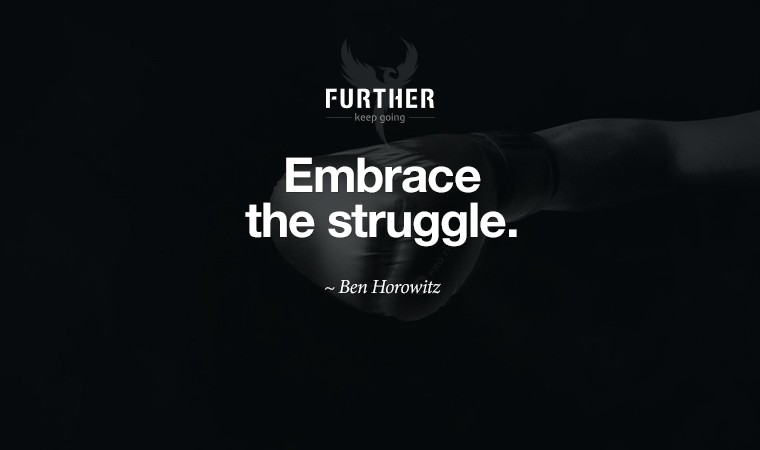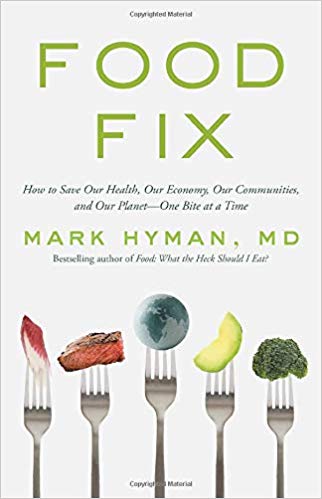
Change is hard. It can be change for the sake of personal growth, professional achievement, or simply rising to the occasion when life throws us a curve.
When it comes down to it, most of this kind of change happens when we literally put our minds to it. Learning a new language, starting a business, retraining on the job — these all require intense focus and tenacity.
And yet, we live in an environment of constant distraction. I’ve had to train myself to get back to daily reading, because I found it difficult to focus after too many weeks of television and internet content.
As with our health, we have to put in the hard work of making hard work a habit. Otherwise, we’re stuck in neutral, and letting life happen to us instead of pursuing our best lives.
It may seem strange to embrace the struggle, to seek out hard things over the easy. And yet, it makes for a more satisfying existence.
Practice Concentrating on Hard Things
A Volunteer Career
A 2018 study found that those who volunteer tend to see a bump in their salary, and a 2013 study also found positive correlations between volunteering and higher wages. Here’s how to make the most of the experience.
You’re Probably Not Doing This One Activity That Can Help Your Career
Pie in the Sky
The happiness pie chart says 50 percent of our happiness is determined by our genes, 40 percent by our activities, and 10 percent by our life circumstances. Are the numbers valid, and is it possible to take deliberate steps to get happier and to stay happier in life?
How Much of Your Happiness Is Under Your Control?
Flexible Benefits
Traditional static stretching doesn’t have any obvious benefits and might even impair performance. So why do 80% of personal trainers still prescribe it for clients?
Down below, we continue with the hard things, as Trudi looks at discomfort as the key to personal growth. And in the Flashback, we’ve got the son and heir of nothing in particular.
Keep going-
P.S. Did someone forward this issue of Further to you? We’d love to have you join us by signing up here.
further: books
Food Fix: How to Save Our Health, Our Economy, Our Communities, and Our Planet–One Bite at a Time
 In Food Fix, author Mark Hyman explains how our food and agriculture policies are corrupted by money and lobbies that drive our biggest global crises: the spread of obesity and food-related chronic disease, climate change, poverty, violence, educational achievement gaps, and more. (Amazon)
In Food Fix, author Mark Hyman explains how our food and agriculture policies are corrupted by money and lobbies that drive our biggest global crises: the spread of obesity and food-related chronic disease, climate change, poverty, violence, educational achievement gaps, and more. (Amazon)
When you buy a book through us, we get a store credit to buy more books. Thank you!
Discomfort: The Key to Personal Growth

By Trudi Roth
We’ve seen a lot of pithy endurance slogans in our time: No pain, no gain. Get out of your comfort zone. Keep calm and carry on.
Sure we were pegged as slackers when we were young, but the truth is we’re no strangers to hard work. We put in long hours at our desks, yet still manage to get the kids to soccer practice at 6:00 a.m. We’re all about extreme midlife athleticism. And we’re at a stage where abrupt change, like quitting a 20-year career or getting divorced, happens.
Along with all of this comes discomfort, which experts agree is an excellent catalyst for personal growth. The trick is to get comfortable in that space, not just push through it.
Get into your discomfort zone
You don’t have to pull a Wim Hof by plunging into an ice bath to shock your system into resilience. The seeds of discomfort surround us, as does the evidence of our human nature to avoid it at all costs. Consider these fun facts: in the last two years, Gen X purchased 13% more wine than any other generation. And when it comes to zoning out to our smartphones, we’re worse than our kids.
You can choose to anesthetize or ignore the bumps in the road, or you can get on with doing the stuff of life, like sticking to a budget or workout routine. Learning to tolerate the little daily doses of discomfort is the practice.
When we’re not busy being carried away by a high, we’re left to confront the very subtle resistance we feel toward doing what we know, deep down, will actually move us forward.
Come to your senses
The impulse to avoid pain is built-in; our scuttling lizard brains are wired to run, hide, or duke it out. Becoming conscious of our reactions and confronting the fear behind the frenzy is the antidote.
According to Sheri Van Dijk, author of the book Calming the Emotional Storm, it’s all about learning how to sit with your uncomfortable feelings.
An exercise in mindfulness, it begins with observing your inner dialog. Get in touch with your body’s sensations, like a tightness in your chest or feeling like you want to cry. Rather than judge, validate how you feel. That way, you can see more clearly if your response is appropriate or if the situation triggered something else in you.
And then, shift your focus to the reality of the present moment. Rather than wallow in what was, you’ll find yourself more able to adjust to what is. Listen to the resistance, and then lean into that discomfort. You’ll find a better version of yourself on the other side.
You Will Not Grow Until You Learn to Tolerate Discomfort (Medium)
further: flashback

The Smiths – How Soon Is Now?
Meat Is Murder (US version), 1985
It’s many people’s favorite Smiths’ song, even though How Soon Is Now? is not much like the rest of the band’s catalog. The tremolo pulse that runs throughout, paired with the most haunting guitar riff of the 80s, made the song difficult for the band to play live, so they mostly didn’t. (YouTube)
further: sharing
Please forward this issue of Further to a friend. Thank you!
